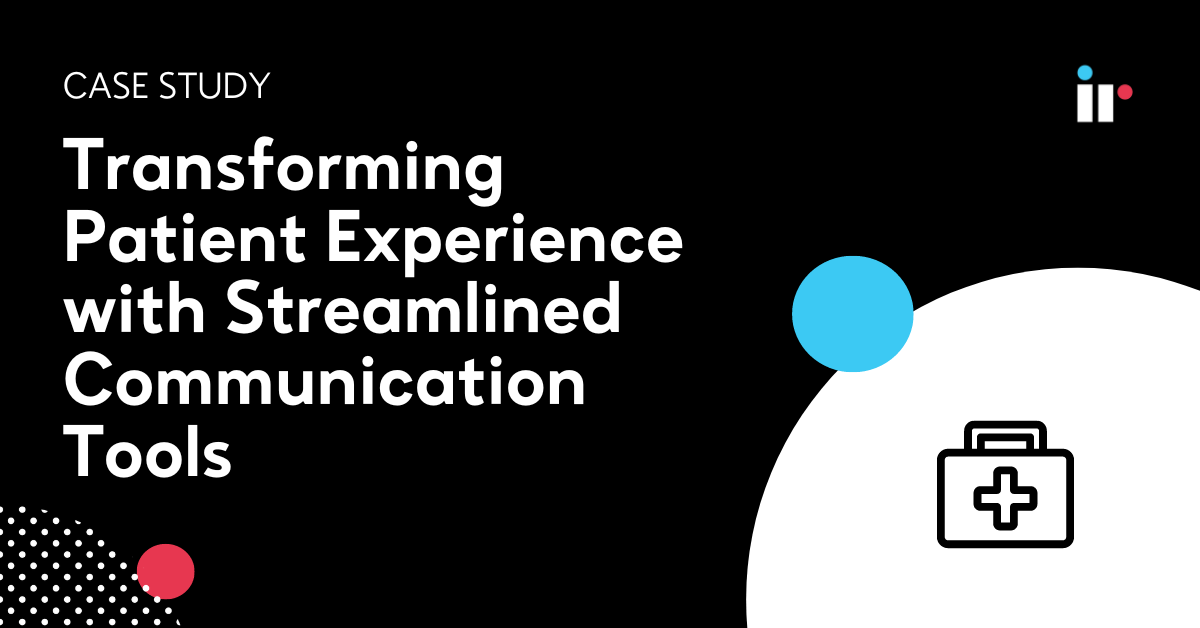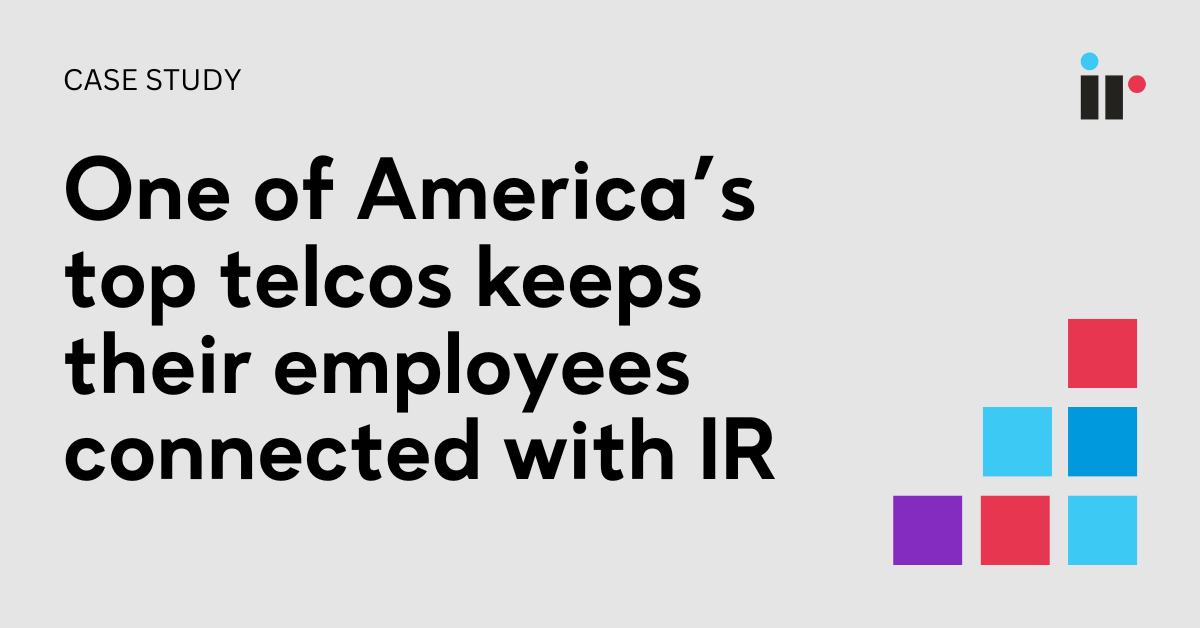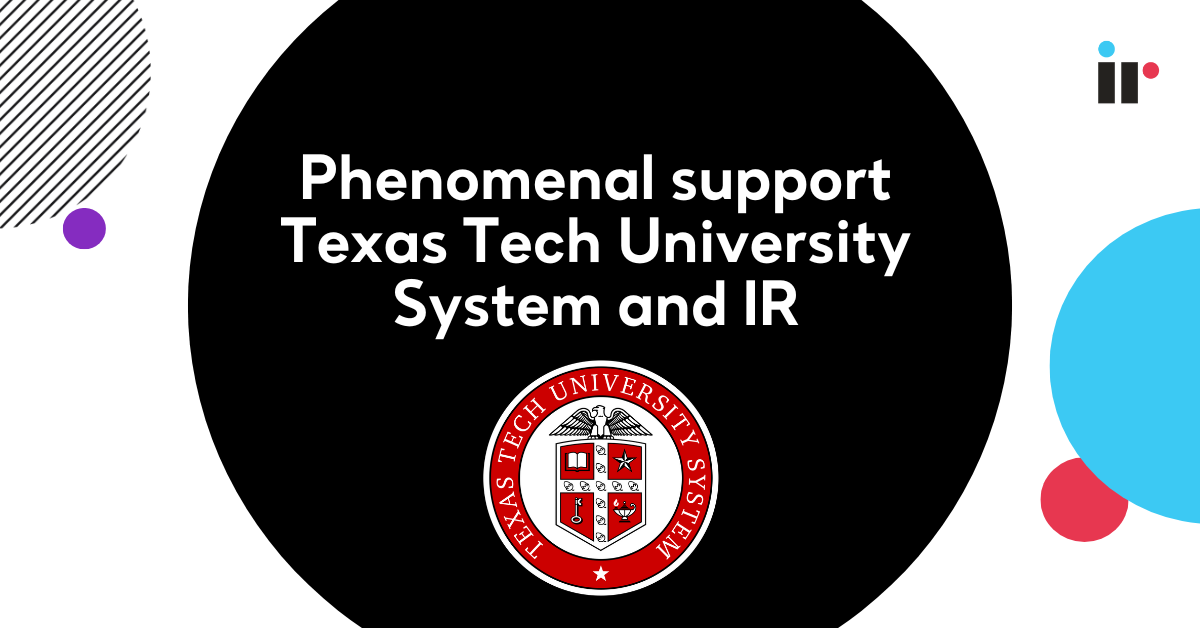Missouri based Client Services Inc. is a full service receivables management and teleservices provider.
They take pride in delivering the best possible customer experience and recognized how VoIP and UC could enhance and innovate communications with consumers, as well as delivering operating cost advantages.
To maintain excellent service quality and protect client relationships, Client Services deployed a world class Avaya contact center system. And they chose IR Collaborate (formerly Prognosis for UC) to ensure voice quality and service delivery.
This gives Client Services an essential IP communications view of all components in its contact center environment. Mont Little, Chief Information Officer, Client Services, explained his decision to implement Collaborate.
“Decreasing profit margins, global competition, and the current economy increase pressure to be efficient with communications technology and labor resources. “Our contact centers simply cannot afford to operate inefficiently or lose customers for service quality reasons.”
UC management is a critical piece of delivering quality services. Collaborate empowers Client Services to proactively avoid voice quality problems so that we can benefit from cost savings and protect our long term client relationships.
Protecting client relationships
Collaborate proactively identifies potential call quality issues in real time before they impact contact center performance.
This intelligence has been created from over 25 years of real-world customer history, where Collaborate has been on the front line of some of the largest companies in the world.
And although Collaborate predicts potential problems, staff don’t need to worry about being flooded with alerts that are not theirs to manage. They’ll only be alerted to problems that relate to their role, not their colleagues.’
And of course they have choices. They can follow the alert’s blueprint and take action fast by viewing all the elements involved, and the diagnostic information related to the alert.
Or Collaborate can prescribe recovery with predefined action paths for common system problems. These can be modified or new ones can be created that are unique to the environment.
This might include collecting information to determine the issue’s source and status, or providing analysis of the problem and suggest corrective action. Commands can be automated to run defined recovery procedures.
And because problem prediction, prescription and automation work seamlessly with Collaborate security, staff don’t need to worry about things getting out of hand or running away with themselves.
Only authorized people and processes will have access to these autonomic actions, and can control how much data is kept and who sees it.
This brings significant benefits to Client Services Contact Center’s operations as Collaborate's UC-centric insight reduces the time it takes to identify, assign and resolve issues.
Reducing operating costs
Client Services use Collaborate to achieve troubleshooting efficiencies, which in turn reduce operating costs. Little added, “in this competitive market, information technology departments are being asked to do more with fewer resources. Collaborate is critical to ensuring uptime with limited labor and technology resources.”
Collaborate empowers Client Services to avoid voice quality problems.
Achieving Service Level Agreements
Client Services uses Collaborate to measure and achieve compliance with Service Level Agreements. Meeting these is essential to protecting client relationships and avoiding costly penalties in the future.
Client Services uses Collaborate to meet its goal of providing performance that will provide clients with the security and satisfaction that leads to long lasting partnerships.
Mont Little,
CIO Client Services



